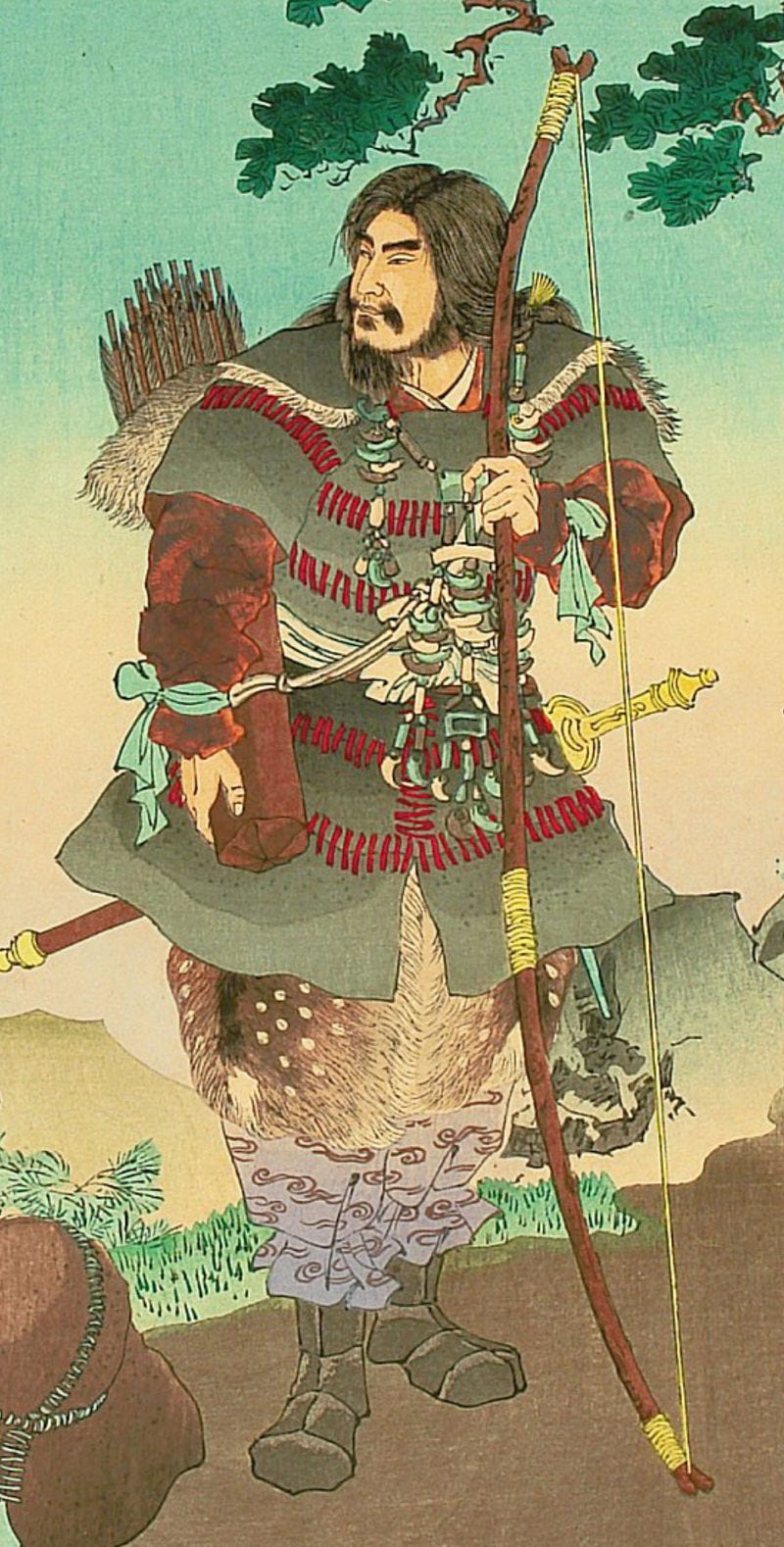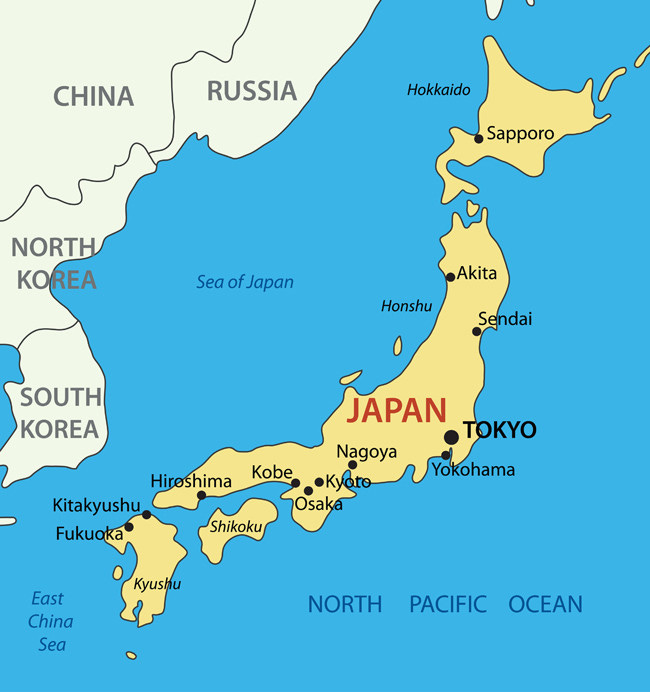Lots of places have legendary foundations. Romulus and Remus supposedly found Rome after being suckled by a wolf. The Aztec gods themselves helped found Teotihuacán. Similarly, the Indian city of Varanasi was said to have been founded by Shiva, one of the three principal gods in Hindu mythology. It’s almost impossible to date specifically when a place was founded, especially if they’re ancient and existed before written records (or calendars). Sometimes, though, the people chose a date. Such as for the nation of Japan, which the Emperor Jimmu supposedly founded upon his ascension to the throne on this date, 11 February 660 BCE.

Like most ancient and mythological rulers (King Arthur, anyone?), there’s little to no historical or archaeological evidence Emperor Jimmu actually existed. He was first mentioned in Japan over a thousand years later when two of the earliest books in Japanese chronicles, Kojiki (712) and Nihon Shoki (721) named him the first emperor. Similar to other legendary figures (Odysseus, for example), Emperor Jimmu was said to be descended from gods – in his case the sun goddess Amaterasu and the storm god Susanoo. The Imperial House of Japan, as the oldest continuous monarchy in the world, lays claim to the throne via its descent from those gods. Though Emperor Jimmu may not have existed, the Japanese family does trace their lineage to Emperor Kinmei, the first historically verifiable ruler, who ascended to the throne in 539 CE.
According to the legendary chronicles Kojiki and Nihon Shoki, Jimmu's family was from Takachiho in the southern part of Kyūshū. They later moved eastward to Yamato, on the island of Honshū, where Jimmu established his seat of power.
A quick aside about Japanese geography. Technically the country is an archipelago consisting of more than 14,000 islands, though the four largest and most populous islands are, from north to south, Hokkaido, Honshū (the largest and most populous, where Tokyo is today), Shikoku, and Kyushu. Sometimes Okinawa is considered the fifth main island, though it is much further south and part of the Ryukyu chain that stretches southwest from Kyushu to Taiwan.
After establishing power, Emperor Jimmu was gifted with Three Sacred Treasures which became symbols of his divinity as a descendant of Amaterasu and confirmed his legitimacy. These Sacred Treasures were the sword Kusanagi no Tsurugi, which represented valor, the mirror Yata no Kagami, which represented wisdom, and the jewel Yasakani no Magatama, which represented benevolence. All three items are still the imperial regalia of Japan.
Legend has it that Jimmu ruled until 585 BCE (for a whopping 75 years!), dying when he was 126. His is supposed to have a mausoleum at the Kashihara Shrine, near Mount Unebi in the city of Kashihara on Honshū.
While Jimmu was likely a legend, the stories about Jimmu may reflect real events that happened in the time period, and could be based on a local leader (again, like King Arthur) who ruled anywhere from 65 BCE to 400 CE.
During the Meiji Restoration in the 19th century, the veneration of Jimmu became a central component of the imperial cult and on 11 February 1873 the government created a holiday called Kigensetsu which celebrated Jimmu’s ascension. This later became known as National Foundation Day.




